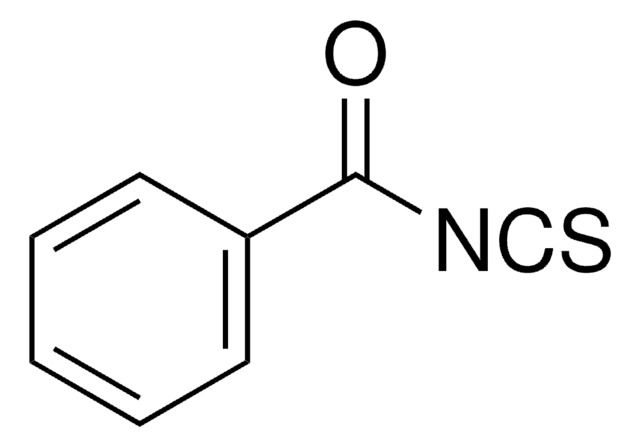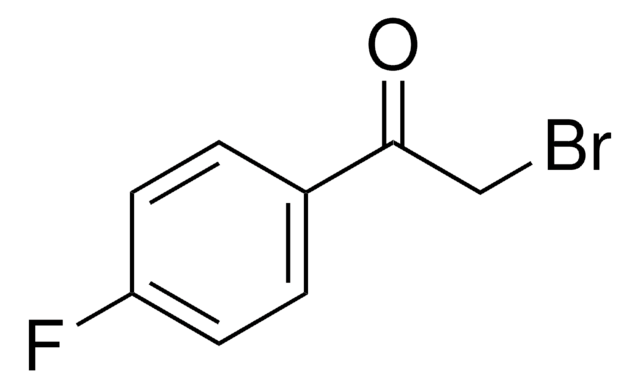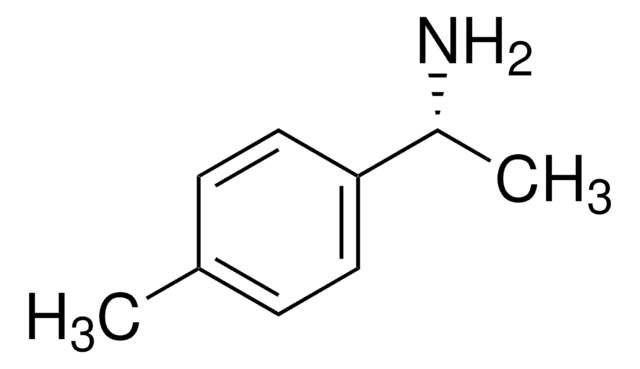253731
Phenethyl isothiocyanate
99%
Synonym(s):
2-Phenylethyl isothiocyanate
About This Item
Recommended Products
Assay
99%
form
liquid
refractive index
n20/D 1.5888 (lit.)
bp
139-140 °C/11 mmHg (lit.)
density
1.094 g/mL at 25 °C (lit.)
storage temp.
2-8°C
SMILES string
S=C=NCCc1ccccc1
InChI
1S/C9H9NS/c11-8-10-7-6-9-4-2-1-3-5-9/h1-5H,6-7H2
InChI key
IZJDOKYDEWTZSO-UHFFFAOYSA-N
Gene Information
human ... CYP1A2(1544)
Looking for similar products? Visit Product Comparison Guide
General description
Signal Word
Danger
Hazard Statements
Precautionary Statements
Hazard Classifications
Acute Tox. 4 Dermal - Acute Tox. 4 Inhalation - Acute Tox. 4 Oral - Eye Irrit. 2 - Resp. Sens. 1 - Skin Irrit. 2 - Skin Sens. 1 - STOT SE 3
Target Organs
Respiratory system
Storage Class Code
10 - Combustible liquids
WGK
WGK 3
Flash Point(F)
235.4 °F - closed cup
Flash Point(C)
113 °C - closed cup
Personal Protective Equipment
Certificates of Analysis (COA)
Search for Certificates of Analysis (COA) by entering the products Lot/Batch Number. Lot and Batch Numbers can be found on a product’s label following the words ‘Lot’ or ‘Batch’.
Already Own This Product?
Find documentation for the products that you have recently purchased in the Document Library.
Customers Also Viewed
Articles
Serotonin is stored in cells and metabolized by MAO, influencing CNS, GI, and platelet functions.
Serotonin is stored in cells and metabolized by MAO, influencing CNS, GI, and platelet functions.
Serotonin is stored in cells and metabolized by MAO, influencing CNS, GI, and platelet functions.
Serotonin is stored in cells and metabolized by MAO, influencing CNS, GI, and platelet functions.
Our team of scientists has experience in all areas of research including Life Science, Material Science, Chemical Synthesis, Chromatography, Analytical and many others.
Contact Technical Service












